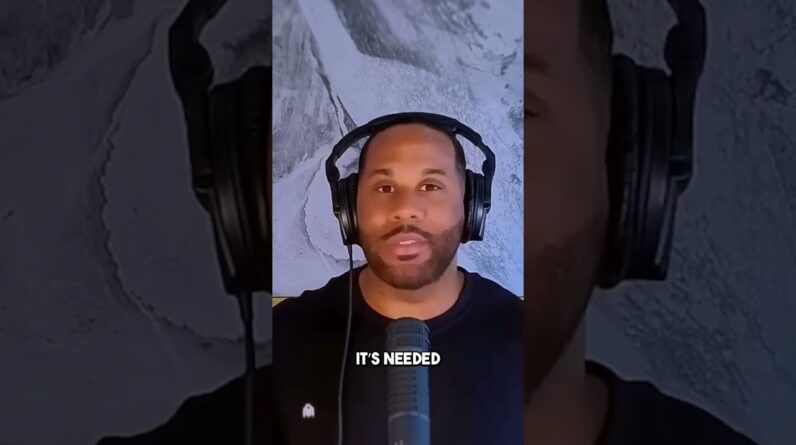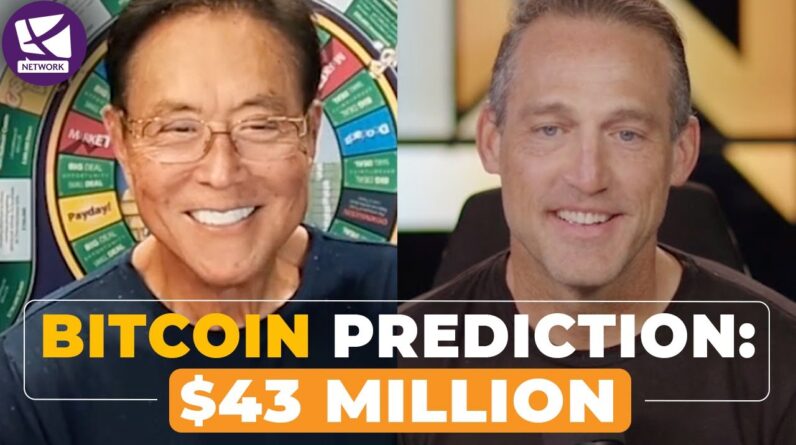Amid America’s unthinkable threat – a lit fuse, central banks are declining US Treasuries in a move that underscores their concerns. Their decision reflects a growing unease with the current state of affairs and potential implications for the global financial landscape. The declining interest by these influential financial institutions raises questions about the future stability of the US economy and the global power dynamics at play. In this blog post, we delve into the reasons behind central banks’ hesitancy towards US Treasuries and explore the potential ramifications of this consequential shift.
Central Banks Decline US Treasuries Amid America’s Unthinkable Threat – A Lit Fuse
Introduction
In recent years, there has been a significant shift in the dynamics of the US debt market. Central banks, once the largest buyers of US treasuries, are now decreasing their holdings, signaling a departure from the supposed risk-free asset. This shift has caught the attention of investors and raised concerns about the future stability of the bond market. Additionally, a new breed of buyers has emerged, bringing further strains to the already volatile US debt market. In this article, we will delve into the factors leading to the decline of central banks’ interest in US treasuries and explore the emerging risks that threaten America’s fiscal stability.
Central Banks Step Back
Historically, central banks have been the primary buyers of US treasuries, viewing them as a safe and stable investment. However, recent trends suggest a change in this dynamic. Central banks’ holdings of US treasuries are decreasing, and this shift away from the supposed risk-free asset is causing ripples throughout the financial world.
A New Type of Buyer
While central banks reduce their holdings, a new type of buyer is entering the market, placing additional stress on the US debt market. Banks, pension funds, and retail investors are stepping in to fill the void left by central banks. However, these new buyers are more demanding and price-sensitive, leading to increased risks and volatility in the market.
America’s Unthinkable Threat
Adding to the mounting concerns, America’s ongoing geopolitical tensions, particularly with countries like Russia, pose an unthinkable threat. Speculations of confiscating Russia’s assets loom, which could have far-reaching consequences for the bond market. The uncertainty surrounding these geopolitical risks further complicates the investment landscape.
Skepticism and Higher Returns Demand
Retail investors, in particular, are becoming increasingly skeptical about holding US debt. They are demanding higher returns to compensate for the perceived risks associated with an unstable bond market. This demand for higher returns further adds to the stress and uncertainty in the US debt market.
Increased Risk for All
The shift in the dynamics of the US bond market carries significant implications for all stakeholders. The declining interest from central banks, the emergence of more demanding buyers, and the growing skepticism among retail investors all contribute to an increasingly risky environment for everyone involved.
Joe Biden’s Spending and the Growing US Deficit
Another factor exacerbating the risks in the US bond market is Joe Biden’s ambitious spending plans and the growing US deficit. As the supply of US treasuries increases to finance these plans, traditional buyers who have been exiting the market find themselves facing a problematic situation. The growing deficit poses challenges in finding eager buyers willing to accept the risk associated with US treasuries.
Conclusion
The once-reliable US treasuries market is facing significant challenges and risks. Central banks’ declining interest, the emergence of more demanding buyers, geopolitical tensions, and a growing US deficit are all contributing to the instability of the bond market. As traditional buyers exit and new buyers demand higher returns, the future of the US debt market remains uncertain. The lit fuse of these factors calls for careful monitoring and proactive measures to mitigate potential mishaps.
FAQs
- Why are central banks decreasing their holdings of US treasuries?
- Who are the new buyers stepping in to fill the void left by central banks?
- How are geopolitical tensions impacting the US bond market?
- Why are retail investors becoming more skeptical about holding US debt?
- What are the implications of Joe Biden’s spending and the growing US deficit for the US bond market?










